Understanding Hypercholesterolemia and its Connection to GERD
You might not think of GERD and high cholesterol levels (aka hypercholesterolemia) as being linked, but the fact is that they are. Of course, just because you may already have GERD or hypercholesterolemia doesn’t mean you’ll end up with both conditions, but it’s not out of the question, either. The good news is that you can manage and improve both issues by implementing a few strategic diet changes.
What Exactly is Hypercholesterolemia?
When there’s too much fat (lipid) in our blood, it’s called hyperlipidemia. One type of hyperlipidemia is called hypercholesterolemia. This type refers specifically to having too much LDL cholesterol (the “bad” type) and not enough of the “good” type, called HDLs. Too much LDL cholesterol can cause the arteries to clog, which can lead to a heart attack or stroke. Hypercholesterolemia is very common and can be caused by genetics or lifestyle factors (or a combination of the two). When you get your cholesterol levels checked, your doctor will discuss your lab results with you and options for managing your high LDL level through diet, exercise, and medications.
What are the Links Between High Cholesterol and GERD?
There are two main ways that these conditions are linked:
- The risk factors for both GERD and hypercholesterolemia overlap. Moreover, their common risk factors also mean a higher risk for cardiovascular disease. The risk factors include:
- Being male
- Carrying excess body weight
- Having diabetes and/or high blood pressure
- Drinking more than the recommended amounts of alcohol
- Smoking
- Heart disease and cholesterol medications - Statins, calcium channel blockers, nitrates, angiotensin-converting enzyme (ACE) inhibitors, and other medications are prescribed for high cholesterol, hypertension, and heart disease. These medications may also increase acid reflux and GERD. For statin users, there are conflicting studies about whether using the medications makes a GERD diagnosis more likely.
There is also a link between long-term use of the common type of reflux medication called proton pump inhibitors (PPIs) and negative cardiovascular effects—particularly in those people who already have heart disease or an elevated risk of it. However, this association is not due to the medication’s effects on acid products or blood cholesterol levels but on nitric oxide production. PPIs are meant for short-term use; always consult with your physician about your medications and how to take them.
Get 2-for-1 health benefits with these diet strategies.
Which Diet Changes Can Help with High Cholesterol and GERD?
Tracking right along with their shared risk factors, when you make diet modifications to address GERD, your cholesterol levels will likely improve as well. Three strategies that can help move the needle on both of these conditions are:
Cutting back on saturated and trans fats
Eating fewer high-fat animal foods, which are sources of saturated fats, is one of the core principles of the Therapeutic Lifestyle Changes Program (TLC) created by the National Heart, Lung, and Blood Institute. This dietary program helps people lower their LDL cholesterol levels and diminish the risk of heart disease. High-fat foods can also trigger acid reflux, so eating less fat overall can help you manage your GERD symptoms. Trans fats are found naturally in small amounts in meat and dairy products. Still, fried foods and treats like doughnuts, pastries, pies, cakes, and cookies (mainly commercially processed ones) are likely to contain trans fat, so it’s a good idea to eat less of these items as well.
Eating a plant-based diet
Eating more plants and plant-based foods is one eating strategy that benefits GERD and high cholesterol. Here are some of the reasons why:
- When you eat more plants, you also consume a wider variety of natural, healthy plant compounds, including plant sterols (also known as phytosterols). Phytosterols are beneficial for lowering LDL cholesterol and improving your heart health, and the way this happens is an interesting game of “switcheroo.” When you consume phytosterols, your body “sees” them as cholesterol because they look and act the same. Essentially phytosterols compete with cholesterol in the absorption process, so what doesn’t find a place to land gets eliminated as waste. Therefore, the more phytosterols you have in your gut, the less cholesterol will be absorbed, which can help lower your LDL cholesterol level. Natural phytosterols are found in foods like fruits, nuts, whole grains, and legumes; phytosterol supplements are also available if your doctor thinks you need them.
- When you follow a plant-based eating plan like the Mediterranean or Portfolio diet, you benefit from a built-in set of dietary practices that work for GERD and cholesterol levels. The main tenets of these plans echo strategies included here, such as emphasizing plant-based foods (which also increases fiber) and limiting saturated fats and trans fats.
- Sticking with a plant-based diet can help you manage your weight, benefiting cholesterol levels and GERD management. Plus, avoiding high-fat foods (which tend to be animal products or include them) is one of the tenets of a GERD eating plan.
Increasing fiber intake, especially soluble fiber
Dietary fiber has no nutritional value, but it has important roles in the body. Most Americans get around 17g of dietary fiber per day—less than the recommended 25-38g per day, depending on gender and age. Soluble fiber is one dietary fiber that is particularly helpful for reducing cholesterol because it “traps” cholesterol and carries it out of the body. Still, all dietary fiber is beneficial for health.
Getting the recommended fiber amount is important for GERD management and cholesterol-lowering. Here’s how:
- Adequate fiber supports the health and diversity of the gut microbiome and helps move food through the system, decreasing constipation. A low-fiber diet is known to slow gut motility, which increases the chance of reflux.
- Soluble fiber may be especially important for GERD. One study also found significant improvements in the number of reflux episodes and improved GERD symptoms in subjects who supplemented their daily diets with 5g of psyllium fiber taken three times a day for 10 days. It’s believed that part of the benefit of soluble fiber is its ability to bind nitric oxide contained in foods, which helps maintain the function of the lower esophageal sphincter. Soluble fiber is found in foods like oats and barley, psyllium, legumes, carrots, apples, bananas, and pears, among others.
- A fiber-filled diet helps you feel full, which can help with weight management efforts.
Achieving Optimal Health with Dual Management Strategies
In essence, understanding the intricate connection between GERD and hypercholesterolemia sheds light on the profound impact of shared risk factors and medication influences. The proactive approach of implementing strategic diet changes not only addresses both conditions but also unveils a 2-for-1 health benefit. By embracing dietary modifications like reducing saturated fats, embracing a plant-based diet, and increasing soluble fiber intake, you empower yourself to manage GERD symptoms and improve cholesterol levels simultaneously. These insights offer a holistic perspective, paving the way for comprehensive well-being and better health outcomes.
- Glenn, A. J., Lo, K., Jenkins, D. J. A., Boucher, B. A., Hanley, A. J., Kendall, C. W. C., Manson, J. E., Vitolins, M. Z., Snetselaar, L. G., Liu, S., & Sievenpiper, J. L. (2021). Relationship Between a Plant-Based Dietary Portfolio and Risk of Cardiovascular Disease: Findings From the Women's Health Initiative Prospective Cohort Study. Journal of the American Heart Association, 10(16), e021515.
- Hypercholesterolemia (2023, December 5). BMJ Best Practice. Retrieved Dec. 20, 2023.
- Institute of Medicine (US) Panel on the Definition of Dietary Fiber and the Standing Committee on the Scientific Evaluation of Dietary Reference Intakes. (2001). Dietary Reference Intakes Proposed Definition of Dietary Fiber. Washington (DC): National Academies Press (US). Available from: doi: 10.17226/10161
- Ivanova, S., Delattre, C., Karcheva-Bahchevanska, D., Benbasat, N., Nalbantova, V., & Ivanov, K. (2021). Plant-Based Diet as a Strategy for Weight Control. Foods (Basel, Switzerland), 10(12), 3052.
- Li, X., Xin, Y., Mo, Y., Marozik, P., He, T., & Guo, H. (2022). The bioavailability and biological activities of phytosterols as modulators of cholesterol metabolism. Molecules (Basel, Switzerland), 27(2), 523.
- McKeown, N. M., Fahey, G. C., Jr, Slavin, J., & van der Kamp, J. W. (2022). Fibre intake for optimal health: how can healthcare professionals support people to reach dietary recommendations?. BMJ (Clinical research ed.), 378, e054370.
- Morozov, S., Isakov, V., & Konovalova, M. (2018). Fiber-enriched diet helps to control symptoms and improves esophageal motility in patients with non-erosive gastroesophageal reflux disease. World journal of gastroenterology, 24(21), 2291–2299.
- National Heart, Lung, and Blood Institute (n.d.) Therapeutic lifestyle changes to lower cholesterol. National Institutes of Health. Retrieved Dec. 19, 2023.
- Sukhovershin, R., & Cooke, J. (2016). How May Proton Pump Inhibitors Impair Cardiovascular Health?. American journal of cardiovascular drugs: drugs, devices, and other interventions, 16(3), 153–161.
- Wijarnpreecha, K., Panjawatanan, P., Leelasinjaroen, L., & Ungprasert, P. (2019). Statins and gastroesophageal reflux disease: A meta-analysis. Journal of Postgraduate Medicine, 65(4), 207–211.


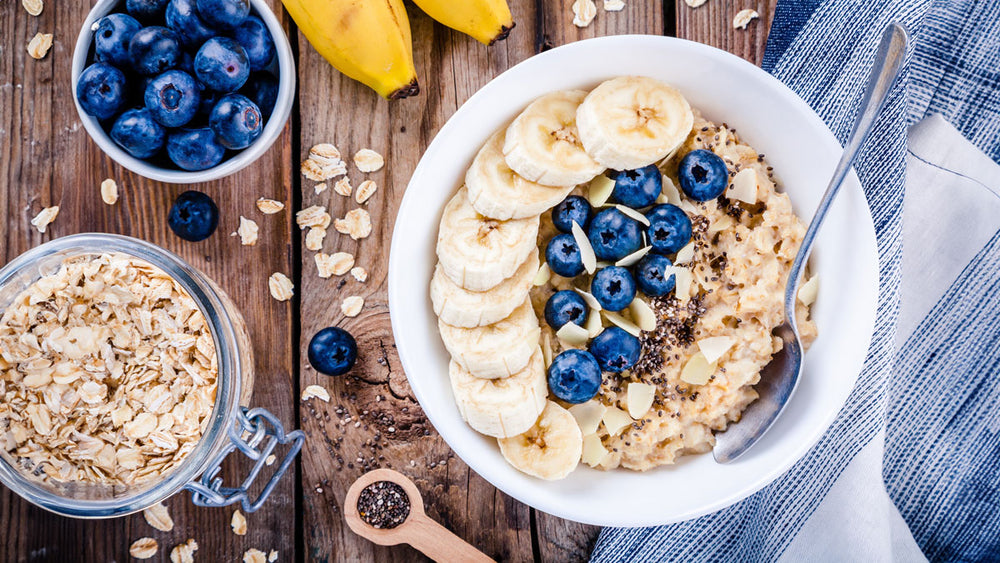
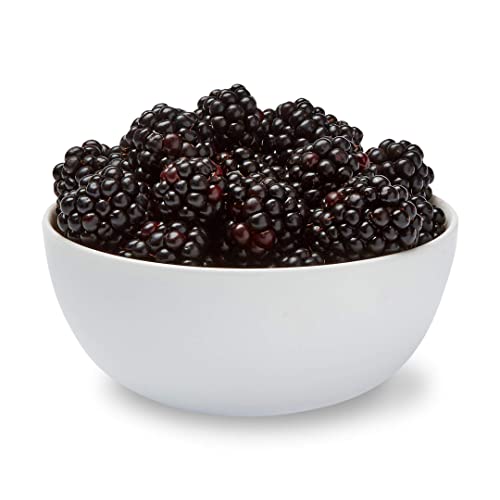
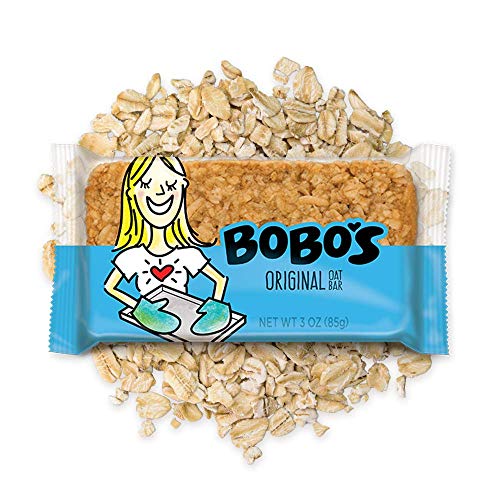
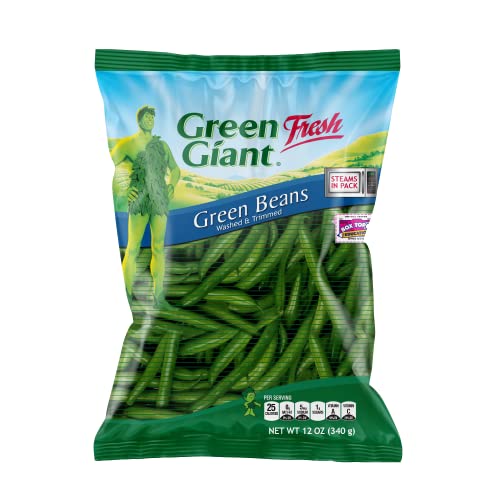

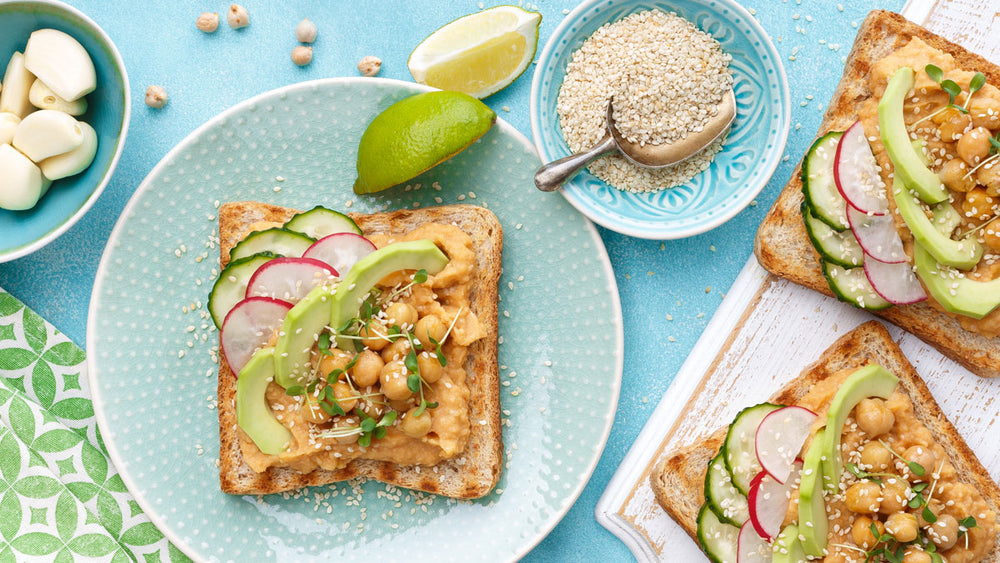

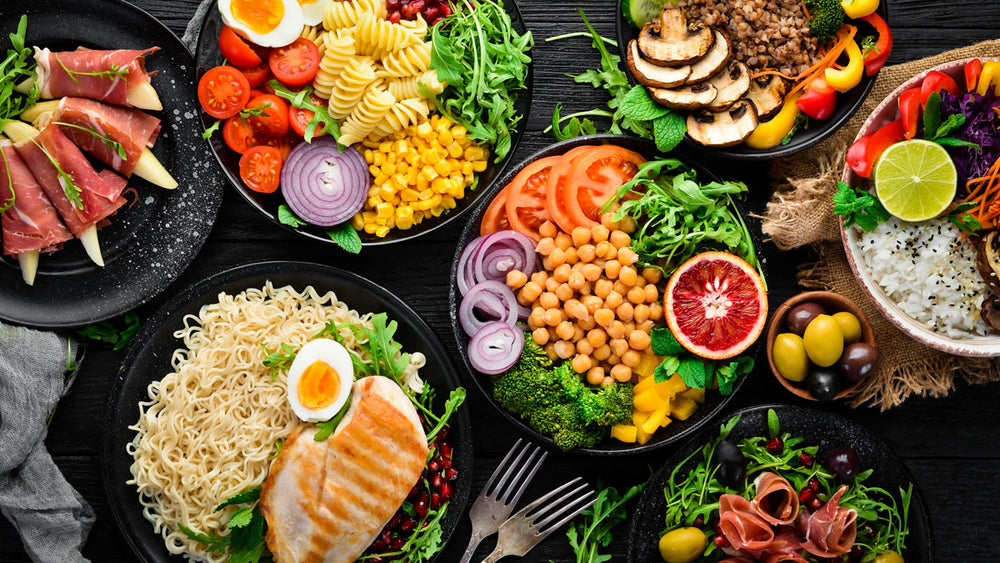

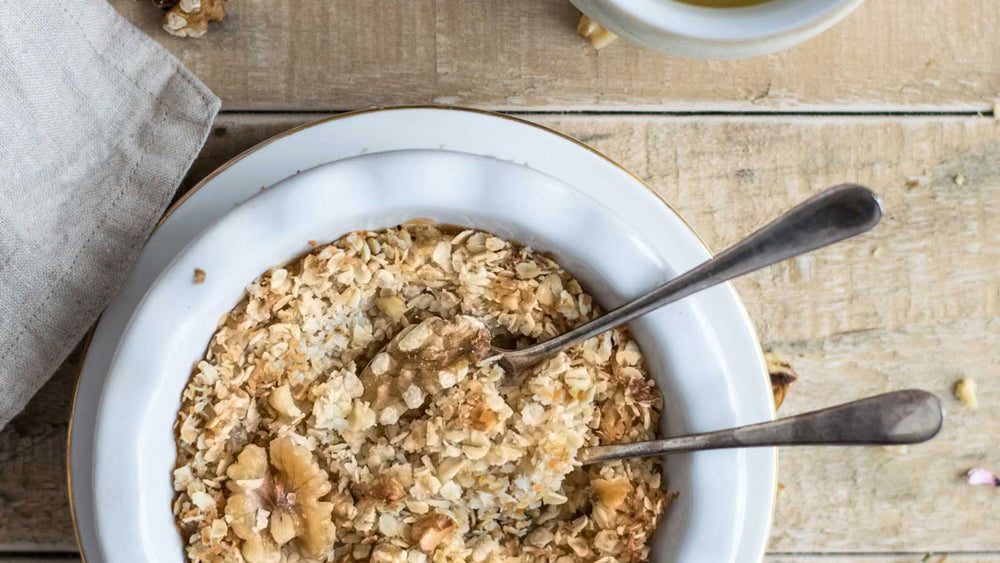



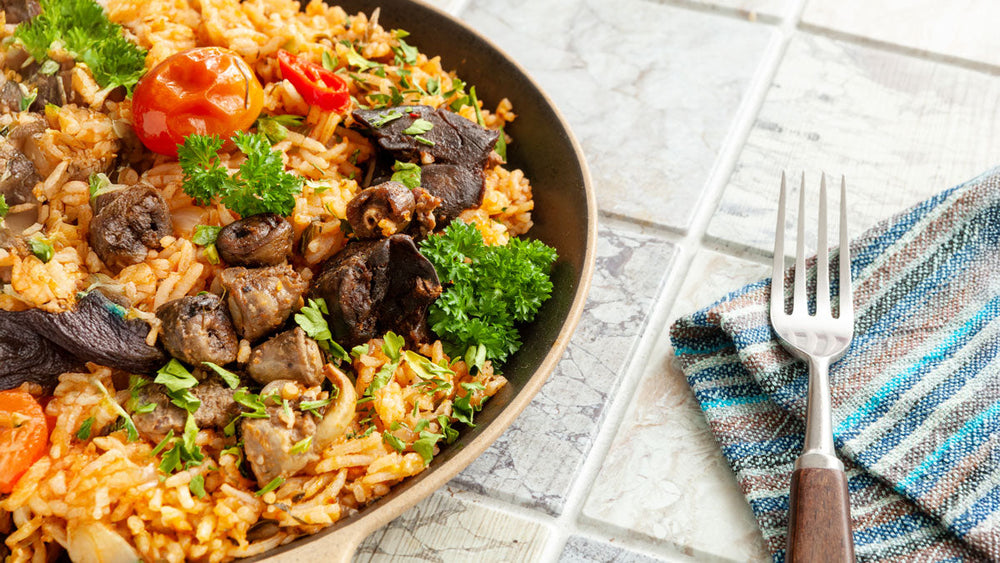







Comments
Join The Conversation...